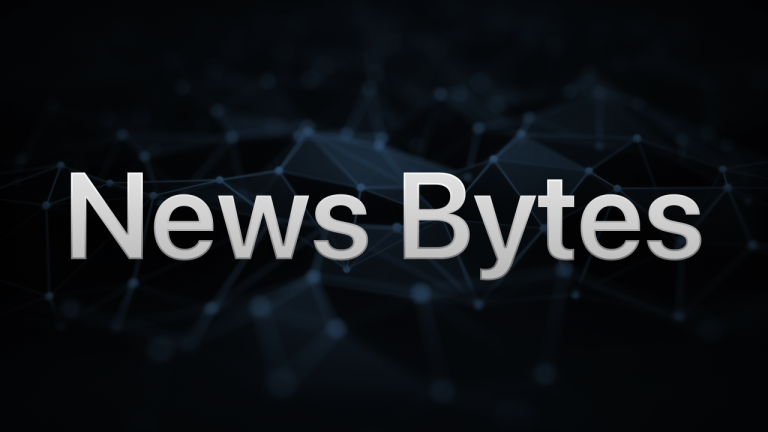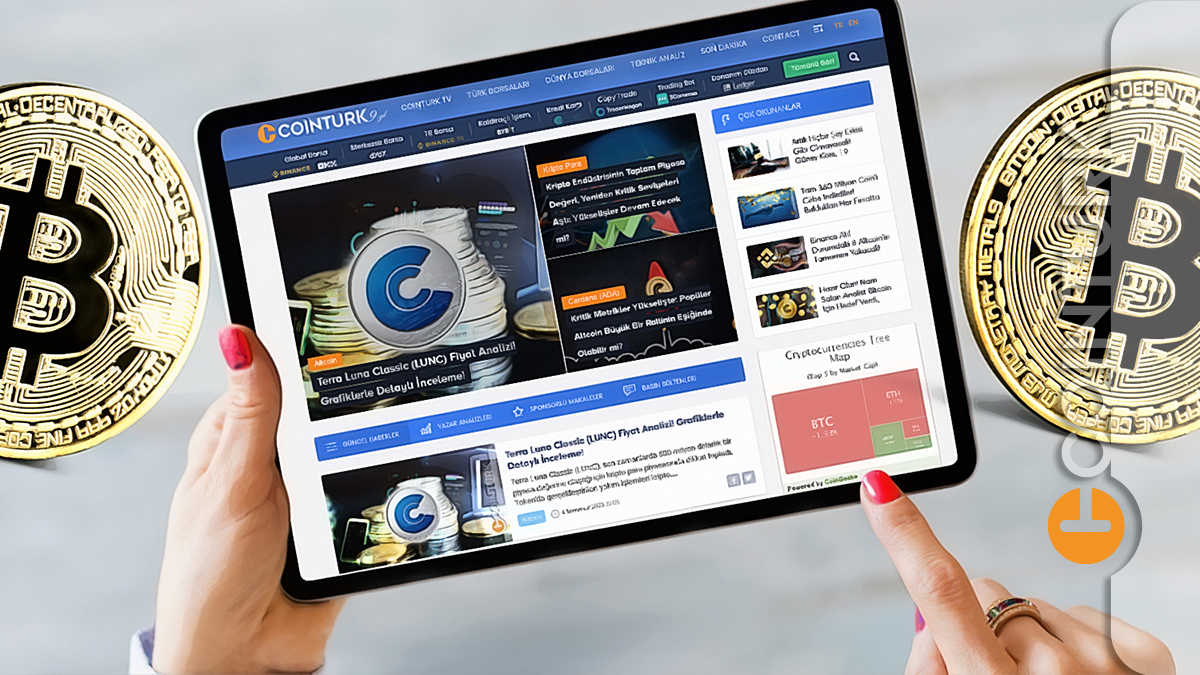MMT: The theory that led us to bankruptcy
One of the fundamental precepts of MMT is that the government has no budgetary constraint. Yet, this dangerous theory has colonized the highest echelons of government.
The Curious Theory of MMT
Before 2020, when inflation was low despite increasing deficits and low interest rates, MMT advocates could dismiss the threat of inflation without much difficulty.
But since inflation came back into the national consciousness in 2021, the idea that budget deficits can allow a nation to live without limits seemed hazardous, even ludicrous.
The Borrowing Limits of the Government
Yes, the government has borrowing constraints.
First, let’s think carefully about what a “borrowing constraint” or a “budgetary constraint” is. Everyone knows that a government is not like a household.
In an economic model, the budgetary constraint of a household is simple: you have a certain number of dollars that you can spend, and when you’re out of them, you hit a wall and you can’t spend anymore.
Beyond the cash you have in the bank, on your retirement account, and on your monthly salary, you can also borrow money: you can charge your purchases on a credit card, you can take out a home loan if you own a house, etc.
Although a government is not like a household, its budgetary and borrowing constraints are similar in the sense that there is not just one strict limit.
Instead, as the government borrows more, it becomes increasingly difficult and expensive to borrow, and the negative side effects grow.
The Consequences of Debt
The first bad thing that happens when the government continues to borrow at a very high rate is the rise in interest costs.
As long as nominal interest rates are positive, the government pays more and more interest as its stock of debt grows.
This is what is currently happening to the United States government. The United States has accumulated an enormous debt since the beginning of the century, and today, the rise in interest rates means that the cost of interest on this huge pile of debt is quite high and keeps on increasing.
And if a government borrows beyond a certain threshold, it can raise long-term interest rates.
Those lending money to the state – banks, the wealthy, foreigners, etc. – may decide at some point that the state will default on its obligations (or intentionally inflate some of the debt away, which constitutes a partial default).
They will then start demanding a risk premium on American state bonds. The interest costs will then be much higher.
An Infinite Spiral of Debt and Interest
Why not borrow even more money to cover these interest expenses? Obviously, money borrowed to cover interest expenses will also accrue interest, which increases the total outstanding debt, further increases interest expenses, and forces the government to borrow even more to cover those interest expenses.
And so on, in an infinite and explosive debt spiral.
Since our initial question was “Why can’t the government borrow money indefinitely?”, I suppose it’s not fully satisfying to answer “Because that would force the government to borrow infinitely more money indefinitely.”
If one decides that deficits don’t matter, one might just as well be content with a substantial deficit. But many people will be very uncomfortable with the exponential explosion of public debt, and those implementing this policy may be ousted by voters.
Anyhow, if the government continues on this path, it will encounter another problem: it will struggle to find borrowers.
The Bankers Ready to Abandon Ship?
Banks will stop lending it money, just as will companies and individuals.
Foreigners, such as the Chinese central bank or the Saudis, may have deeper pockets, but borrowing too much from abroad comes at a cost: even if you issue bonds in your own currency, if you have no other borrowers, your foreign creditors might start giving you orders by threatening to get rid of your debt. Therefore, it’s not a good thing.
Eventually, a government that tries to borrow exponentially growing amounts of money will exhaust all the lenders in the world. It will then have only one choice: to borrow from the Federal Reserve.
The Fed: The Ultimate Lender
The Federal Reserve can create money and lend it to the federal government.
This practice on a very large scale can potentially mitigate all the borrowing constraints I’ve mentioned so far.
The act of printing large amounts of money and using it to buy bonds will drive down interest rates, which will bring interest costs close to zero. Moreover, there will be no need to find new lenders.
So why doesn’t the government just do that? The answer is very simple: The act of the Fed creating money to fund state borrowings will eventually lead to inflation.
To Borrow or Print?
The Treasury Department doesn’t need to borrow money from the Fed.
If our legislation allowed it, the Treasury could simply create the money itself. The fact that the Treasury must borrow, rather than simply creating money to spend it, is a legal requirement.
Thus, the question “Why doesn’t the Fed just create money and lend it to the Treasury to fund government spending?” is actually the same as the question “Why doesn’t the government just create money without issuing bonds, when it wants to spend?”.
The answer is inflation.
If enough money is created, a country will experience inflation. It’s a simple matter of supply and demand. The creation of a larger amount of something decreases its value.
Therefore, the creation of a massive amount of new money will lower the value of money – in other words, it will cause inflation.
The Peril of Inflation
When the government borrows to spend, money is created and destroyed in equal amounts, leaving the total money supply unchanged.
On the other hand, if the government simply created money and spent it instead of borrowing, the money supply would grow, which would increase the risk of inflation. The legal obligation for the Treasury to borrow to spend is a way to limit the impact of public spending on inflation.
By insisting that the government can just print money to pay its bills instead of borrowing, MMT adherents, and the much broader group of progressives who have absorbed and internalized MMT ideas, are throwing gasoline on the smoldering fire. They are macroeconomic arsonists, and American policymakers should not listen to them.






